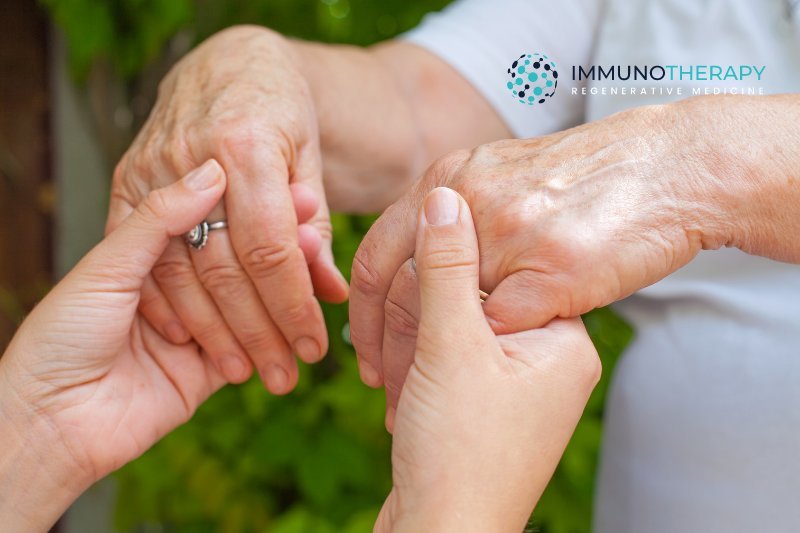Parkinson's Disease: 2025 Stem Cell Treatment Advances in Mexico
Parkinson’s Disease: Understanding and Managing the Condition
Parkinson’s disease is a neurodegenerative disorder that impacts the central nervous system, leading to significant physical and emotional changes in affected individuals. This article delves into the intricate relationship between Parkinson’s disease and the neurotransmitter dopamine, exploring the symptoms, risk factors, and available treatments for managing this condition.

What is Parkinson’s Disease?
Parkinson’s disease is characterized by the progressive loss of motor control, resulting from the decline of dopamine-producing neurons in the brain, particularly within the basal ganglia. Dopamine plays a vital role in regulating movement, and its reduction leads to the hallmark symptoms of Parkinson’s.
Symptoms of Parkinson’s Disease
Parkinson’s disease manifests through four primary symptoms:
- Tremors: Involuntary shaking, typically starting in one limb or on one side of the body.
- Muscle Rigidity: Persistent muscle contractions, leading to stiffness and discomfort.
- Bradykinesia (Slow Movement): A noticeable slowdown in physical movement.
- Postural Instability: Challenges with balance and coordination.
Additional symptoms can include emotional changes, constipation, speech and swallowing difficulties, and cognitive impairments, among others.
Risk Factors
The exact cause of Parkinson’s remains unclear, but it is believed to be a combination of genetic predispositions and environmental factors such as exposure to toxins and head injuries. Family history of Parkinson’s may increase the risk, though it is not a definitive predictor.
Managing Parkinson’s Disease
Currently, there is no cure for Parkinson’s disease, but several treatments aim to manage symptoms and improve quality of life.
Treatment Options
Medication: Medications, most notably Levodopa, aim to increase or substitute dopamine in the brain, improving symptoms like rigidity and bradykinesia. Other medications may address specific symptoms such as depression or blood pressure fluctuations.
Surgical Treatments: For some patients, surgical interventions like deep brain stimulation (DBS) may offer relief from symptoms by electrically stimulating areas of the brain involved in movement.
Regenerative Treatments: Our approach includes treatments designed to slow or halt the progression of the disease. Using stromal precursors and specific stem cells, we target the damaged areas to facilitate repair and recovery. These treatments are complemented by exercises focusing on mobility and elasticity to enhance physical functionality.
Living with Parkinson’s
Despite the challenges Parkinson’s disease presents, with proper management and treatment, individuals can lead active and fulfilling lives. Collaborating closely with healthcare providers to tailor treatment plans and maintaining an active lifestyle are key to managing the disease effectively.
For individuals and families dealing with Parkinson’s disease, understanding the condition, its symptoms, and the available treatments is the first step towards managing life with Parkinson’s. With ongoing research and advancements in treatment options, there is hope for those affected to maintain a high quality of life.
If you or a loved one are navigating the challenges of Parkinson’s disease, know that you are not alone. Reach out to our team of specialists for comprehensive support and personalized treatment options designed to enhance quality of life. Connect with us today to discover how we can assist you on your journey with Parkinson’s disease.